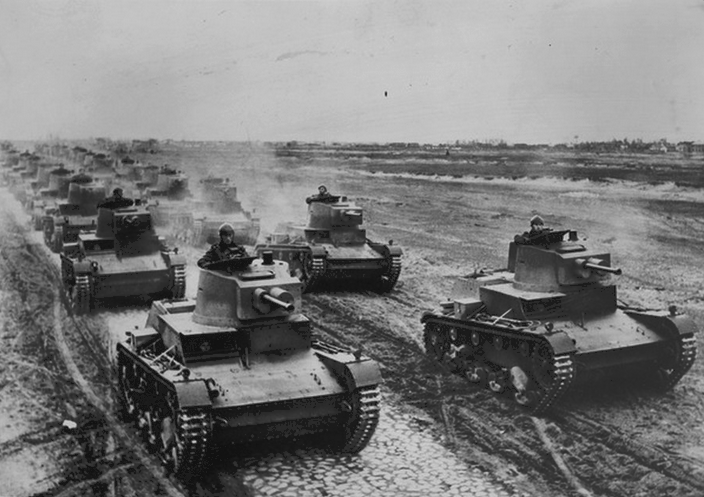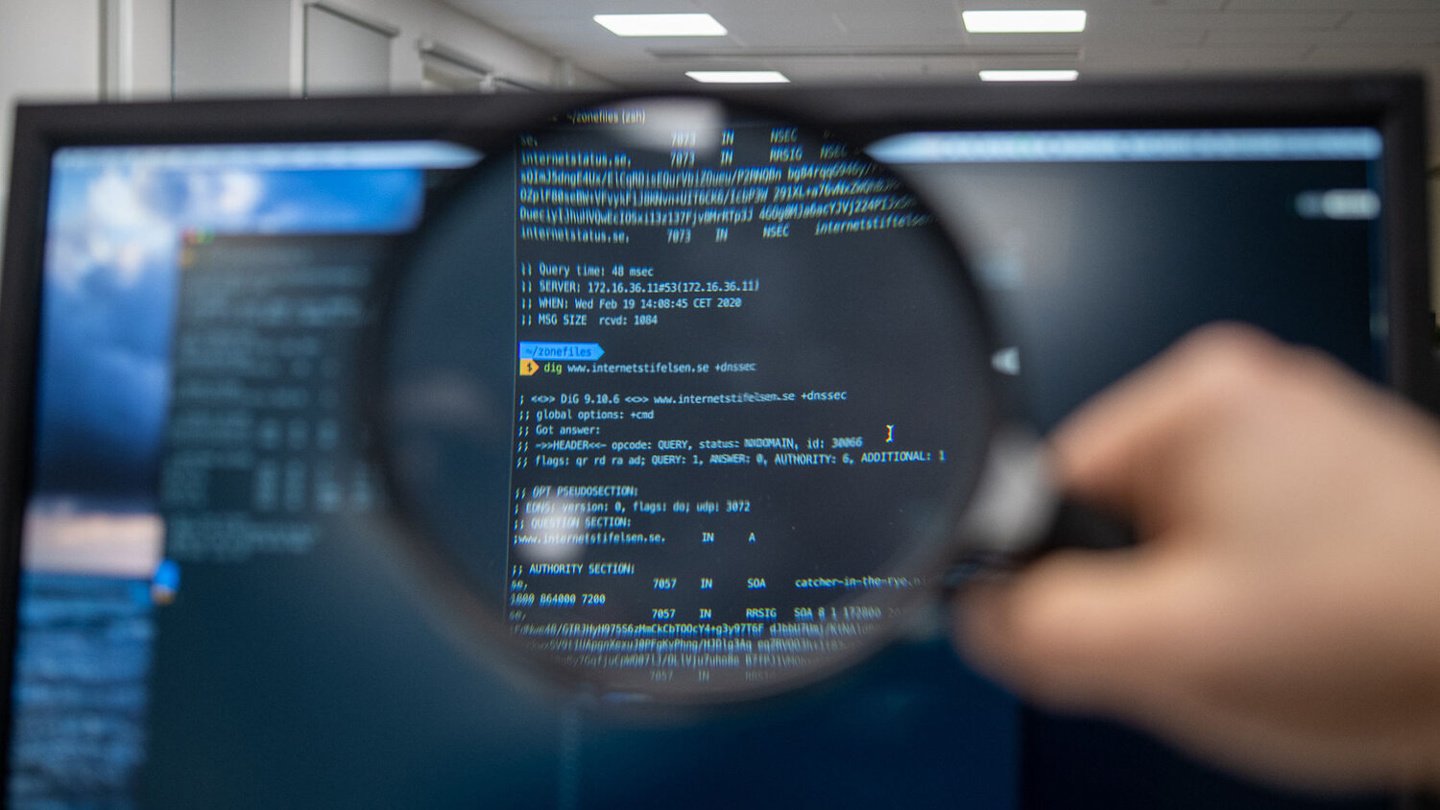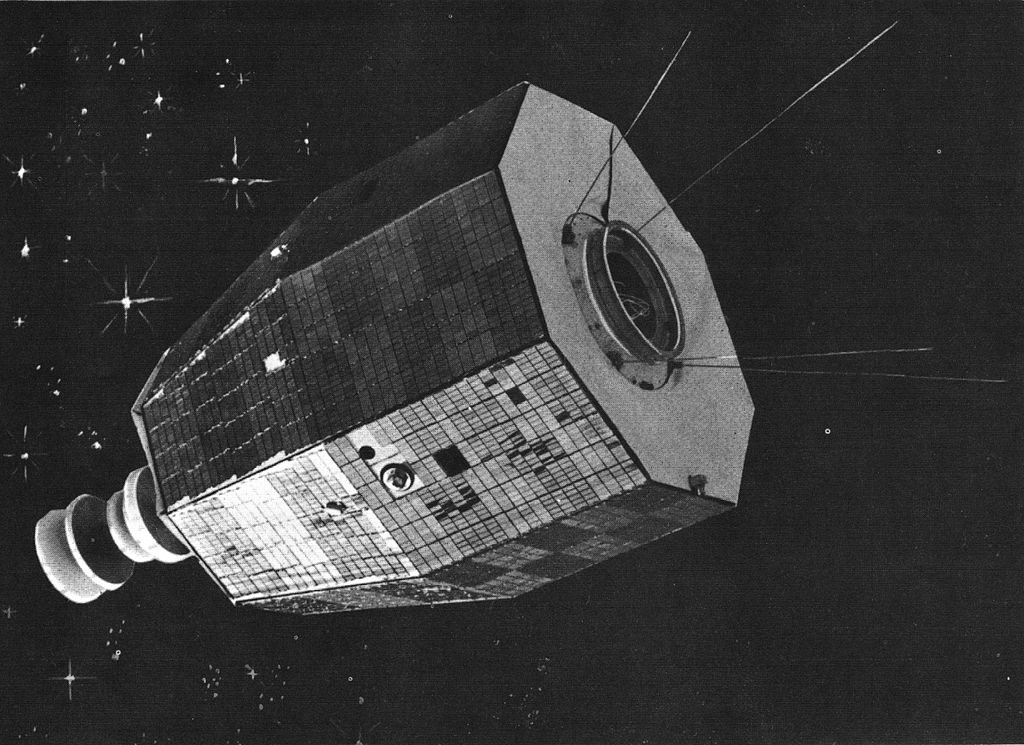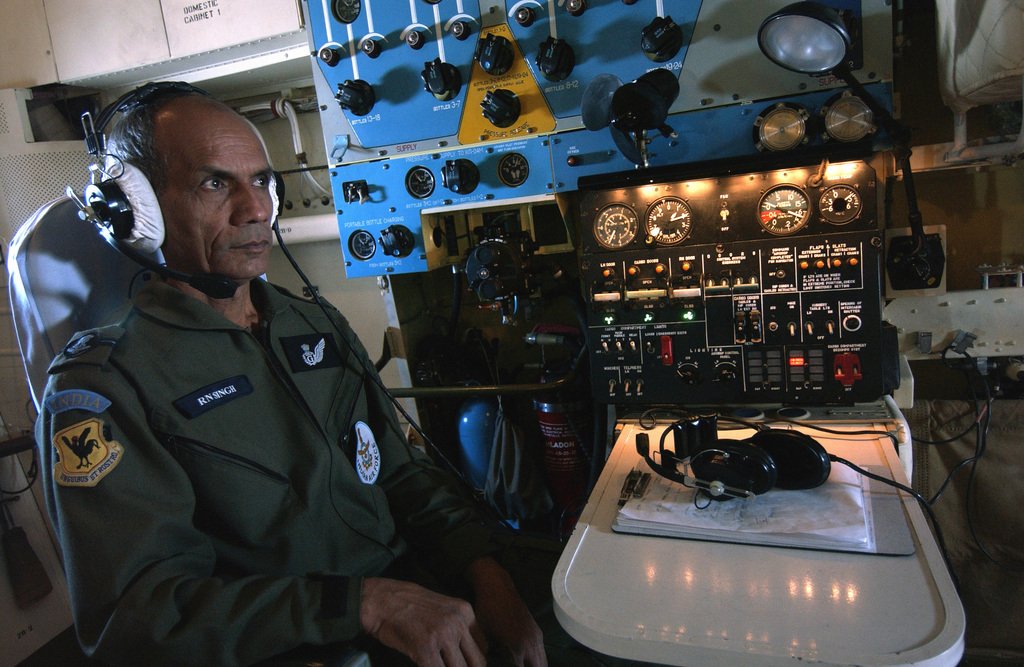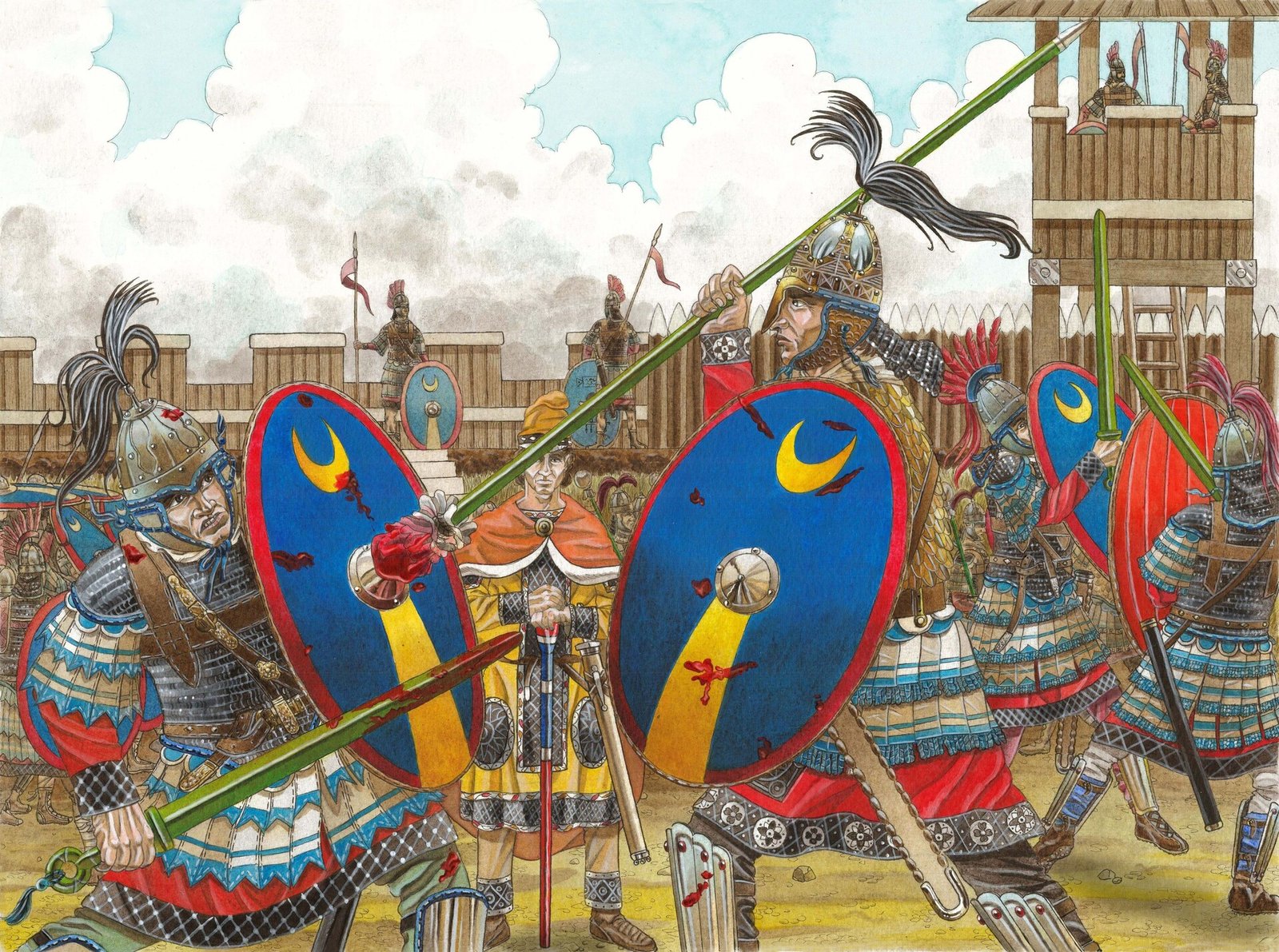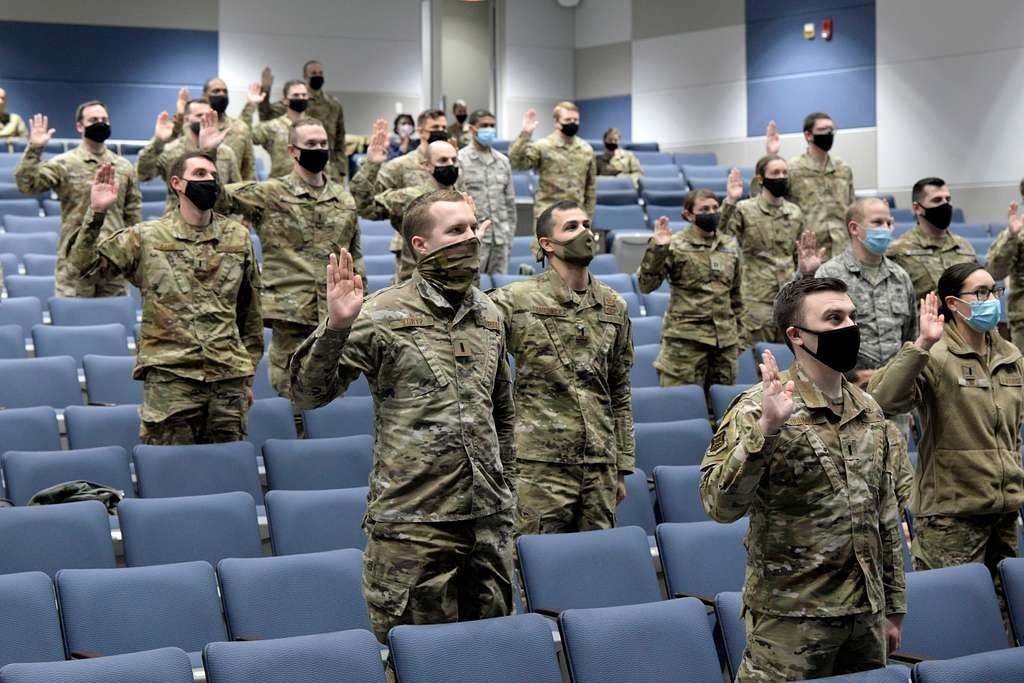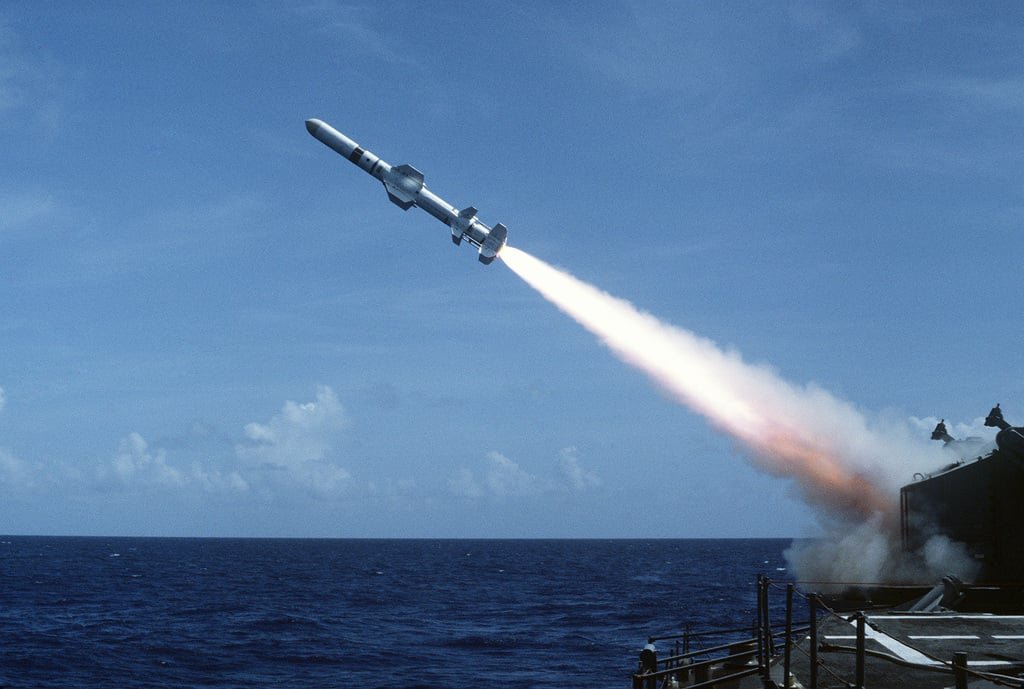The Indian Air Force (IAF) is a formidable force in military aviation, boasting a fleet of cutting-edge fighter jets that not only demonstrate technological prowess but also embody the nation’s dedication to safeguarding its airspace. Embark on a thrilling journey through the skies as we explore the top 5 most iconic fighter jets in the Indian Air Force.
Table of Contents
Before diving into the details, let’s address some crucial questions:
What are the 5 fighter planes in India?
The Indian Air Force employs a diverse range of fighter aircraft to defend the nation’s borders. The inventory includes Mirage-2000, Jaguar, MiG-29, MiG-21, Sukhoi Su-30MKI, and Tejas. These fighter jets play pivotal roles in India’s air defense strategy, showcasing a blend of advanced technology and operational versatility. The Mirage-2000 and Jaguar excel in precision strikes, while the MiG-29 and MiG-21 are stalwarts in air-to-air combat. The Sukhoi-30 MKI brings multi-role capabilities, and Tejas represents India’s indigenous fighter prowess. Together, these aircraft form a robust fleet, symbolizing the Indian Air Force’s commitment to securing the nation against external threats.
Which is the best jet in the Indian Air Force?
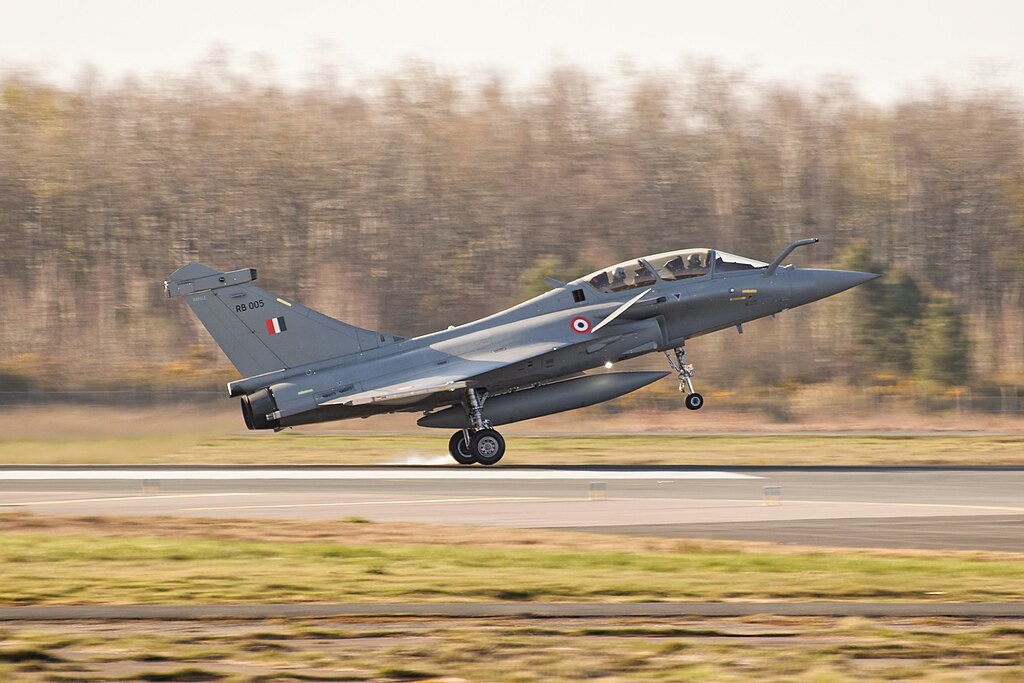
Determining the “best” jet in the Indian Air Force involves considering various factors such as technology, versatility, and mission capabilities. Currently, the Dassault Rafale holds a prominent position in the fleet. Renowned for its advanced features, the Rafale is a twin-jet combat aircraft manufactured by the French company Dassault Aviation. Its superior avionics, versatility in air-to-air and ground attacks, and cutting-edge technology make it a top contender. However, the effectiveness of a fighter jet also depends on the specific requirements of different missions, and each aircraft in the IAF’s inventory, including HAL Tejas LCA, Sukhoi Su-30MKI, Mikoyan MiG-21, and Mirage-2000, contributes uniquely to the overall air defense capabilities.
Which fighter jets has India purchased recently?
India’s recent fighter jet acquisition includes the Rafale Marine jets, sourced from the French aerospace company Dassault Aviation. These advanced aircraft are set to replace the existing MiG-29s in the Indian Air Force’s fleet. This procurement marks India’s second significant purchase of fighter jets from France in recent years, showcasing a commitment to modernizing the air force with cutting-edge technology. The addition of the Rafale Marine jets enhances India’s air combat capabilities. It represents a strategic move to maintain a technologically superior and versatile fleet in defense of the nation’s airspace.
Answering these questions, the Rafale Marine jets, acquired from Dassault Aviation, are set to replace the existing MiG-29s, marking India’s second significant purchase of fighter jets from the French aerospace giant in recent years.
Now, let’s delve into the blog and uncover the extraordinary capabilities of these sky warriors that contribute to India’s air dominance.
1. Sukhoi Su-30MKI
The Sukhoi Su-30MKI is a flagship aircraft in the Indian Air Force, renowned for its exceptional capabilities. As a twin-seater, multi-role fighter jet, its primary design focus lies in achieving air superiority. Here’s a detailed breakdown of its key features:

Twin-Seater Configuration
The Su-30MKI accommodates a pilot and a dedicated weapons systems officer, enhancing its operational versatility. This dual-seat configuration facilitates effective communication and coordination during complex missions.
Multi-Role Capability
The Su-30MKI is designed to excel in various roles, showcasing its versatility. Its multi-role capabilities include air-to-air combat, air-to-ground strikes, and reconnaissance missions, making it a highly adaptable asset in the Indian Air Force’s arsenal.
Advanced Avionics
The aircraft is equipped with state-of-the-art avionics, which encompass a wide range of electronic systems for navigation, communication, and mission control. These advanced avionics contribute to enhanced situational awareness and precision in operations.
Powerful Engines
The Su-30MKI is powered by powerful engines, providing it with exceptional speed, agility, and range. These engines contribute to the aircraft’s ability to perform high-speed maneuvers and maintain operational effectiveness over extended distances.
Maneuverability
One of the standout features of the Su-30MKI is its impressive maneuverability. The aircraft can perform a wide array of acrobatic maneuvers, giving it an edge in dogfights and tactical engagements. This agility is crucial for evading enemy threats and gaining a strategic advantage in aerial combat.
Weapon Systems
The Su-30MKI is armed with a variety of advanced weapons, including air-to-air and air-to-ground missiles, ensuring it can engage targets across different scenarios with precision and lethal force.
2. Dassault Rafale
The Dassault Rafale, a cornerstone of Indo-French collaboration, stands as a symbol of cutting-edge technology and unmatched versatility within the Indian Air Force (IAF). Renowned for its multi-role capabilities, the Rafale is equipped with advanced weaponry, making it a formidable force in various aspects of modern aerial warfare.
Air-to-Air Combat
The Rafale is designed to excel in air-to-air combat, showcasing exceptional agility and maneuverability. Its state-of-the-art radar systems and missile technology provide a significant advantage in engaging and neutralizing airborne threats, ensuring air superiority.
Ground Attack
Beyond its prowess in aerial combat, the Rafale proves highly effective in ground attack missions. The aircraft is equipped with precision-guided munitions and advanced targeting systems, allowing it to strike ground targets accurately with minimal collateral damage. This versatility makes it a valuable asset in both offensive and defensive operations.
Electronic Warfare
The Rafale is equipped with advanced electronic warfare (EW) systems, enabling it to detect, jam, and counter enemy radar and communication systems. This capability enhances its survivability in hostile environments by disrupting the adversary’s electronic infrastructure and maintaining a technological edge.
Technological Advancements
The aircraft boasts cutting-edge avionics, including a sophisticated radar system, advanced sensors, and a comprehensive electronic warfare suite. These technological advancements contribute to the Rafale’s ability to operate seamlessly in complex and dynamic combat scenarios.
Interoperability
The Rafale’s integration into the IAF’s fleet enhances interoperability with other platforms, fostering a cohesive and effective air defense strategy. Its adaptability to various mission profiles ensures its relevance in a wide range of scenarios, from air patrols to deep-strike missions.
3. MiG-21 Bison
The MiG-21 Bison is an upgraded variant of the original MiG-21, a Soviet-designed supersonic jet fighter aircraft. Here are the details about the MiG-21 Bison:

Origins and Service History
- The MiG-21, designed by the Mikoyan-Gurevich Design Bureau in the Soviet Union, was introduced in the 1950s and became one of the most widely produced supersonic jet fighters in the world.
- Over the years, various versions of the MiG-21 have been used by numerous air forces globally, including the Indian Air Force (IAF), which has been a significant operator of the aircraft.
The Need for Upgrade
- As the MiG-21 aged, there was a need to enhance its capabilities to meet modern standards of air warfare and address issues related to obsolescence.
Upgrades and Improvements
- The MiG-21 Bison is the result of a comprehensive modernization program undertaken by the IAF. Upgrades encompass improvements in avionics, radar systems, and weaponry.
- Avionics upgrades may include modern communication systems, navigation equipment, and electronic warfare systems to enhance the aircraft’s overall performance.
Combat Effectiveness
- The upgraded MiG-21 Bison is considered more capable and compelling in contemporary air combat scenarios. The enhancements contribute to improved situational awareness, better target acquisition, and increased combat range.
Operational Role
- The MiG-21 Bison serves a multi-role capacity, fulfilling tasks ranging from air defense to ground attack missions. Its adaptability allows it to remain relevant in diverse operational scenarios.
Continued Service and Indian Air Force Strategy
- Despite the introduction of newer and more advanced aircraft, the MiG-21 Bison remains in service, reflecting the IAF’s strategic decision to maximize the utility of existing assets while transitioning to modern platforms.
Symbol of Indian Air Force Legacy
- The MiG-21 Bison, with its storied history and continuous upgrades, stands as a symbol of the Indian Air Force’s legacy and commitment to maintaining a capable and versatile air fleet.
4. Tejas
Tejas is India’s indigenous light combat aircraft designed and developed by the Aeronautical Development Agency (ADA) in collaboration with Hindustan Aeronautics Limited (HAL). It falls into the category of a light combat aircraft (LCA) and is designed to serve a multi-role purpose within the Indian Air Force (IAF).
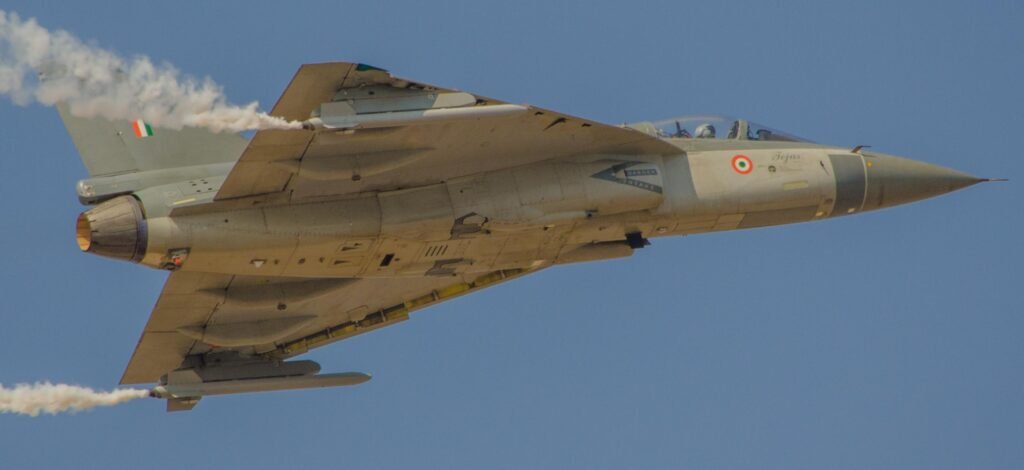
Agility and Performance
- Tejas is known for its agility in the air, making it highly maneuverable during dogfights and combat scenarios.
- The aircraft’s lightweight design and advanced aerodynamics contribute to its impressive performance, allowing it to excel in air-to-air and air-to-ground missions.
Advanced Avionics
- Tejas is equipped with state-of-the-art avionics, including radar systems, sensors, and communication equipment.
- Its avionics suite enhances situational awareness, target acquisition, and overall mission effectiveness.
Role Flexibility
- Designed to meet the diverse needs of the IAF, Tejas serves multiple roles, including air superiority, ground attack, and reconnaissance.
- The aircraft’s versatility makes it a valuable asset for a wide range of mission profiles, contributing to the IAF’s operational flexibility.
Indigenous Innovation
- Tejas represents a significant leap in India’s aerospace capabilities as it is the first fully indigenously developed and manufactured fighter aircraft.
- The project showcases India’s growing prowess in aerospace technology and reduces dependence on foreign suppliers for crucial defense needs.
Technological Advancements
- Tejas incorporates modern technologies such as fly-by-wire control systems, glass cockpit displays, and composite materials in its construction.
- These technological advancements contribute to the aircraft’s overall efficiency, safety, and performance.
Strategic Significance
- Tejas plays a crucial role in enhancing India’s self-reliance in defense production and reducing its reliance on imports for military hardware.
- Its successful development and integration into the IAF fleet mark a milestone in India’s journey towards becoming a technologically advanced and self-sufficient defense force.
5. Jaguar
The Jaguar, a stalwart in the Indian Air Force, stands out as a deep penetration strike aircraft renowned for its enduring service and versatility. With a track record of consistent performance, the Jaguar plays a pivotal role in ground-attack missions, boasting the capability to carry an array of weapons. Let’s delve into critical aspects that define the Jaguar’s importance in the IAF’s operational strategy:
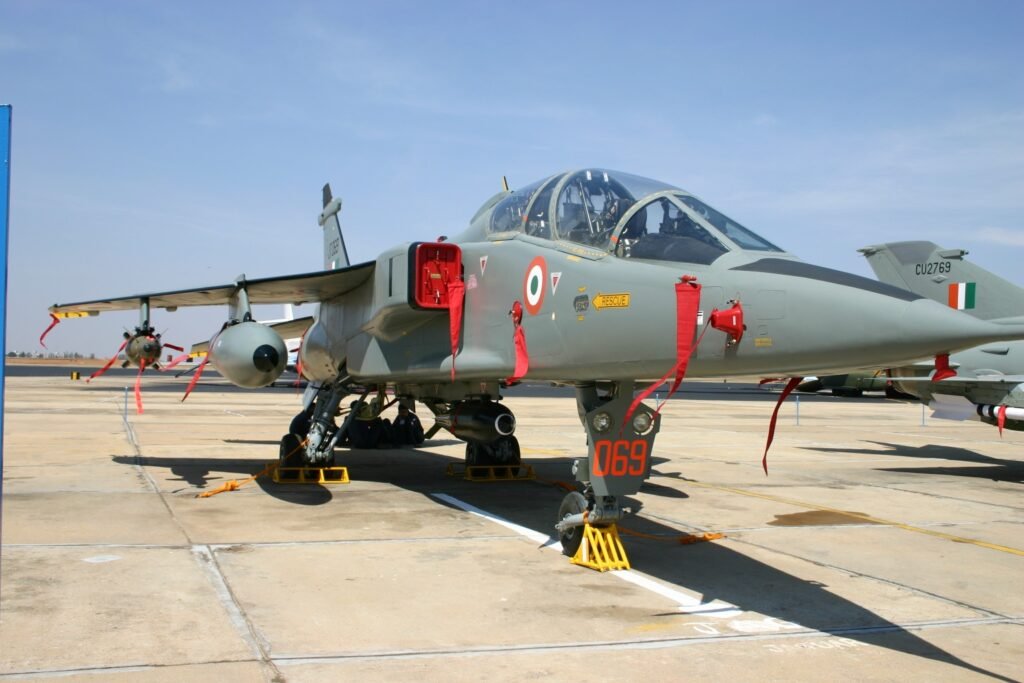
Deep Penetration Strike Aircraft
- The Jaguar is classified as a deep penetration strike aircraft, emphasizing its role in penetrating deep into enemy territory to conduct precision strikes on strategic targets.
- This designation reflects its capability to operate in hostile environments and deliver effective strikes against enemy installations.
Steadfast Presence in the IAF
- The Jaguar has been a consistent and enduring asset in the Indian Air Force (IAF) for an extended period.
- Its continued service underscores its reliability and effectiveness, contributing to the IAF’s operational capabilities over the years.
Versatility in Weaponry
- One of the critical features of the Jaguar is its ability to carry a diverse array of weapons, showcasing its versatility in addressing various mission requirements.
- This includes the capacity to deploy precision-guided munitions, bombs, and air-to-ground missiles, making it a potent force in ground-attack missions.
Crucial Role in Ground-Attack Missions
- The Jaguar plays a pivotal role in ground-attack missions, where its precision and ability to carry different weapons become paramount.
- Ground-attack missions involve targeting enemy positions, infrastructure, and military assets on the ground, making the Jaguar an essential component for such operations.
Operational Importance
- Given its deep penetration capabilities and versatility in carrying weaponry, the Jaguar contributes significantly to the IAF’s overall operational strategy.
- Its role extends beyond conventional air-to-air combat, making it a valuable asset for addressing a range of military objectives.
These iconic fighter jets epitomize the Indian Air Force’s commitment to safeguarding the nation’s skies, showcasing a harmonious blend of technology, innovation, and strategic prowess. As the IAF continues to evolve, these sky warriors will remain a source of pride for the nation.


